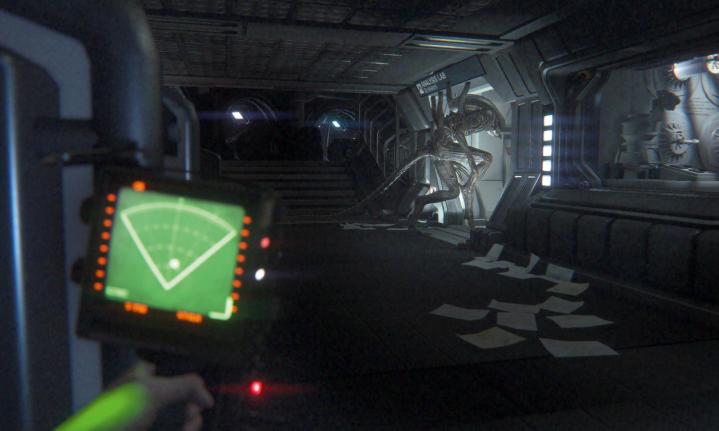
Kamala Harris Holds Slim Advantage in Crucial States for 2024
The presidential election in the United States is set for November 5. According to an aggregate of national polls by analyst Nate Silver, Democrat Kamala Harris is currently leading Republican Donald Trump with a score of 49.3% to 46.2%. This marks a slight improvement for Trump, who trailed Harris 49.3% to 46.0% last Monday.
Before stepping aside as a Democratic candidate on July 21, Joe Biden was behind Trump in national polls with a score of 45.2% to 41.2%.
The economic landscape shows that the U.S. economy added 254,000 jobs in September, with the unemployment rate dipping by 0.1% to 4.1%, down from a peak of 4.3% in July.
It’s important to note that the U.S. president is elected through the Electoral College, not by the nationwide popular vote. Each state is allocated electoral votes based on its representation in the House of Representatives (which is population-dependent) and its two senators. Most states utilize a winner-takes-all system for these votes, and a candidate must secure 270 electoral votes out of a total of 538 to claim victory.
In terms of popular vote, the Electoral College currently favors Trump; for Harris to be favored in Silver’s model, she would need to win the popular vote by at least two points.
In critical battleground states, Harris is leading by one to two points, according to Silver’s aggregated polls, in Pennsylvania (19 electoral votes), Michigan (15), Wisconsin (10), and Nevada (6). Winning these four states would likely give her a victory in the Electoral College, projected at 276–262. Trump, however, maintains a slight lead in North Carolina (16 electoral votes) by 0.5 points, in Georgia (16) by one point, and in Arizona (11) by 1.2 points.
Read more:
Kamala Harris holds a slight edge in U.S. election amid pivotal state leads
In Silver’s model, Harris has a 56% probability of winning the Electoral College, unchanged since the previous week. The FiveThirtyEight model offered Harris a more favorable chance in September, but currently gives her a 55% shot at victory. The competition is quite close, yet Harris remains a slight favorite.
With more than four weeks until the election, there’s still plenty of time for polling dynamics to shift, potentially giving one candidate a significant lead in the Electoral College come election day. Additionally, the polls may be overlooking either Harris or Trump, which could lead to a surprising win based on polling inaccuracies.
Strong Lead for LNP in Queensland
The Queensland state election is scheduled for October 26. A recent Freshwater poll conducted from September 26–29, which surveyed 1,067 people, shows the Liberal National Party (LNP) ahead with 56% compared to Labor’s 44%, marking a five-point increase for the LNP since the last Freshwater poll in July 2023.
In terms of primary votes, 43% support the LNP (up three points), 30% for Labor (down four), 12% for Greens (up one), 8% for One Nation (up one), and 7% for all other parties (down one).
Labor Premier Steven Miles has a net approval rating of -5, while LNP leader David Crisafulli enjoys a net approval of +15. Crisafulli is seen as the preferred premier over Miles by a margin of 46% to 38%.
The poll also gauged federal leaders’ ratings in Queensland, revealing that Anthony Albanese has a net -17 rating, while Peter Dutton is at net zero. Historically, Queensland tends to lean toward the Coalition in federal elections compared to national trends.
Dan Peled/AAP
Quarterly Data from Federal Newspoll
On September 30, The Australian released aggregated results for four Newspolls taken between July and September, which involved a total sample of 5,035. The Poll Bludger indicated that the Coalition leads in New South Wales with a score of 51% to 49%, remaining unchanged since the June quarter.
In Victoria, Labor leads with 52% to 48%, reflecting a two-point gain for the Coalition. In Queensland, the Coalition maintains a steady lead of 54% to 46%. In Western Australia, Labor continues to lead by 52% to 48%, while in South Australia, Labor holds a 54% to 46% lead, marking a one-point gain for Labor.
The Poll Bludger’s BludgerTrack data breaks down results based on educational backgrounds. For the September quarter, Labor holds a lead of 53% to 47% among those with university degrees, representing a one-point increase for Labor. Among individuals with TAFE qualifications, there was a tie at 50% each, which reflects a one-point gain for the Coalition. The Coalition leads by 51% to 49% among those without tertiary education, also a one-point increase for them.
Coalition Sees Gains in Morgan Poll
A national Morgan poll conducted from September 23 to 29 with a sample of 1,668 gave the Coalition a slight edge at 51% to Labor’s 49%, which is a 1.5-point gain for the Coalition compared to the previous Morgan poll from September 16 to 22.
For primary votes, the Coalition garnered 38% (an increase of 0.5%), Labor received 30% (a decrease of two points), Greens obtained 13.5% (up one), One Nation achieved 4.5% (down 0.5%), independents remained at 9.5% (unchanged), and other parties stood at 4.5% (up one).
The main figure uses preferences from respondents, but if preferences were allocated based on 2022 election trends, Labor would lead at 51.5% to 48.5%, reflecting a 0.5-point gain for the Coalition. This week saw an unusually large discrepancy between these two metrics.
Resolve Poll on Middle Eastern Conflict
The voting intentions have yet to be announced from a national Resolve poll conducted for Nine newspapers from October 1–5 with a sample size of 1,606. Concerning the political responses in Australia regarding the Middle East conflict, 22% felt that Dutton and the Liberals had the best approach, 18% favored Albanese and Labor, and 6% supported Adam Bandt and the Greens, while 55% said that none had responded effectively or were uncertain.
When it comes to Australia’s stance, 23% believe we should openly support Israel, 12% think support should go to Gaza, and 65% prefer either both or neither. Regarding the acceptance of refugees, 52% oppose allowing any refugees, while 24% would accept refugees from either Israel or Gaza, 13% would accept only from Gaza, and 11% only from Israel.









